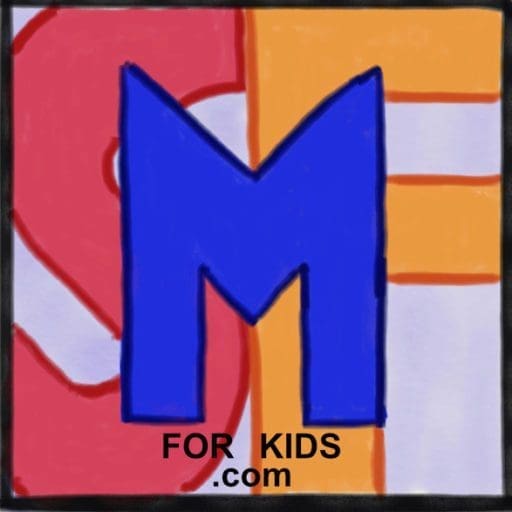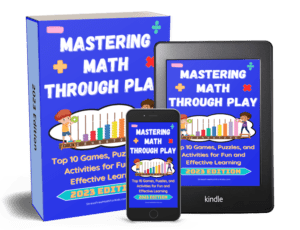What are the best toys to develop mathematical thinking in your child? There are SO MANY educational toys available for purchase now, more than ever before. According to Fortune Business Insights, ” The global educational toy market market size was $64.91 billion in 2020. The global educational toys market is projected to grow from $68.81 billion in 2021 to $132.62 billion in 2028.”
The best toys in my opinion as a math specialist are not the battery operated ones that flash or say numbers. They are the old fashioned toys that promote open ended and creative play, that naturally develop math concepts.
These are the toys I recommend:
Magformers or Magnatiles
If I could buy one toy, this would be it. I love these so much I wrote a whole post about Magformers and made a YouTube video! Everyone from the 2 year olds to the middle schoolers enjoy playing with them for long periods of time, and make many mathematical discoveries.

Megablocks and Legos
Megablocks for toddlers transition to Legos for older kids. Not only is using Legos a way to build spatial and proportional awareness and develop creativity, but many math concepts can be explicitly taught using Legos. See my post Legos In Math.
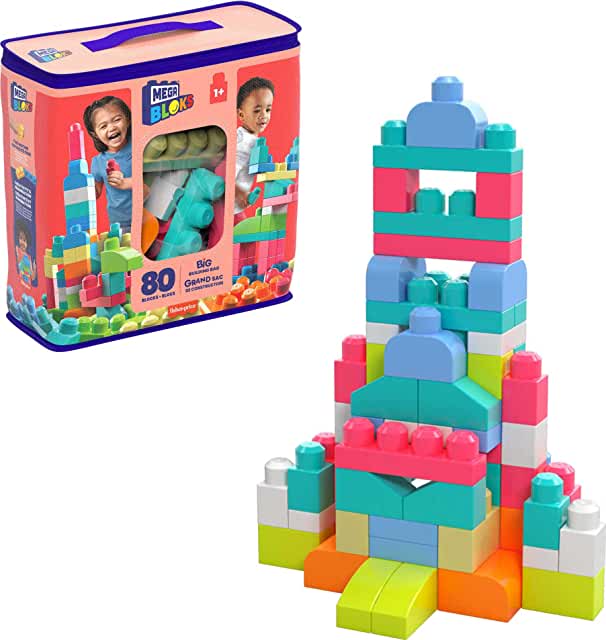
Building Blocks–
Yes, good old fashioned blocks, which happen to be the same 3D shapes kids learn in school (cones, cubes, cylinders, rectangular prisms, etc.) Even if you have Mega Blocks you still need these. You can get these as wood blocks or foam blocks. The set pictured below is from Melissa and Doug. And yes kids still tend to naturally build castles!
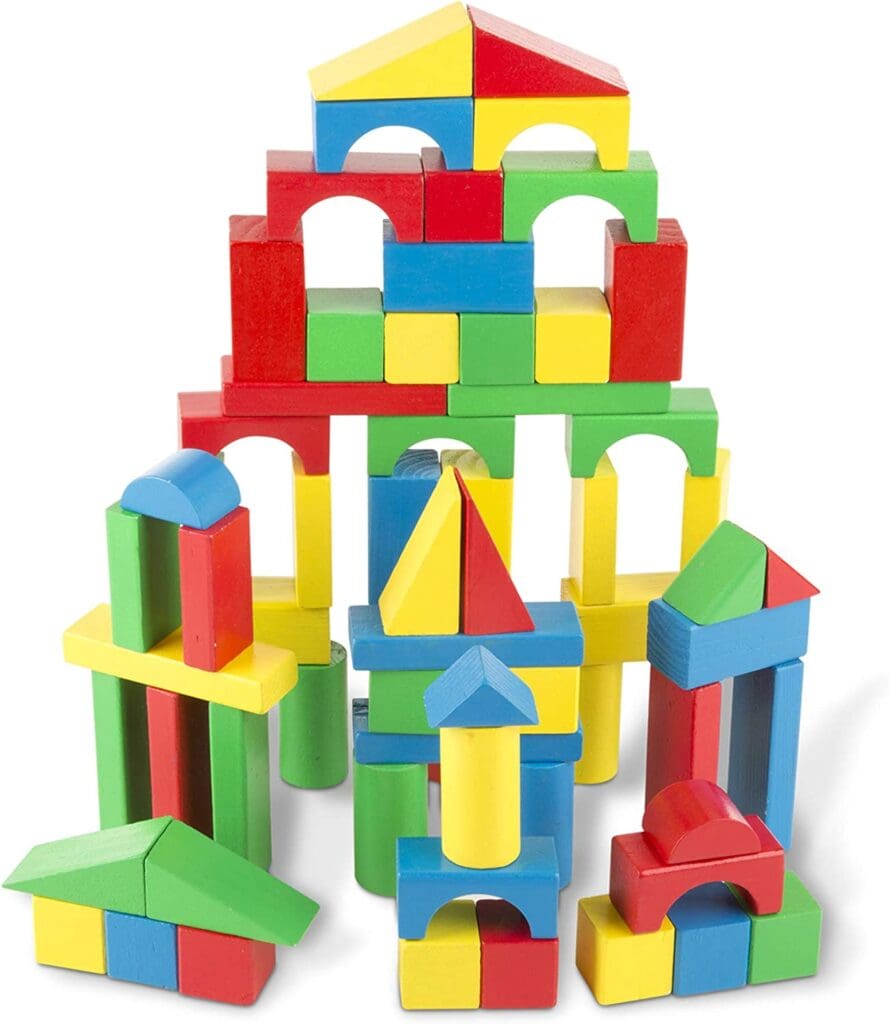
A fun addition to your set is Sum Blox, wooden number blocks whose height directly corresponds to their value.

Numberblocks–
These are technically a math manipulative, but kids see them as toys! If they have seen the Numberblocks show (and I highly recommend that they do) they will be excited to play with these, and will be practicing a lot of number concepts along the way.

Colored counters with bowls
There are many types of colored counters to choose from. I have bears and farm animals, but have also used dinosaurs, cars, sea animals, and insects. Kids will naturally sort these by color, count them, line them up, and make up stories with them. When you play with your kids, you can add or subtract them, divide them into equal groups, compare quantities, talk about fractions in a simple and natural way, use them for nonstandard measurement, make up scenarios that are actually word problems, and so much more. The tongs add fine motor skills practice, something kids need and don’t get enough of in most schools.
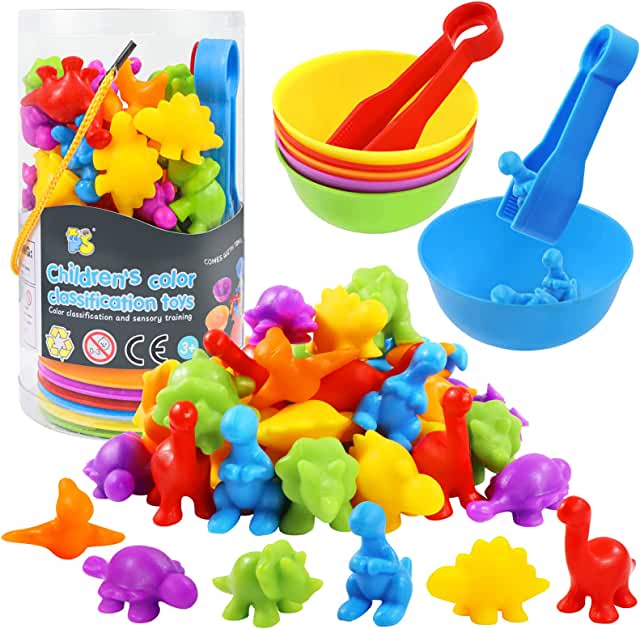
Gears Gears Gears
This is one of the best early STEM toys! They develop critical thinking and reasoning skills, problem solving skills, fine motor skills, imagination and creativity.

Jigsaw Puzzles
Any jigsaw puzzle at your child’s level builds fine motor skills, visual perception, spatial reasoning skills, hand eye coordination, problem solving skills, shape and pattern recognition, and more!
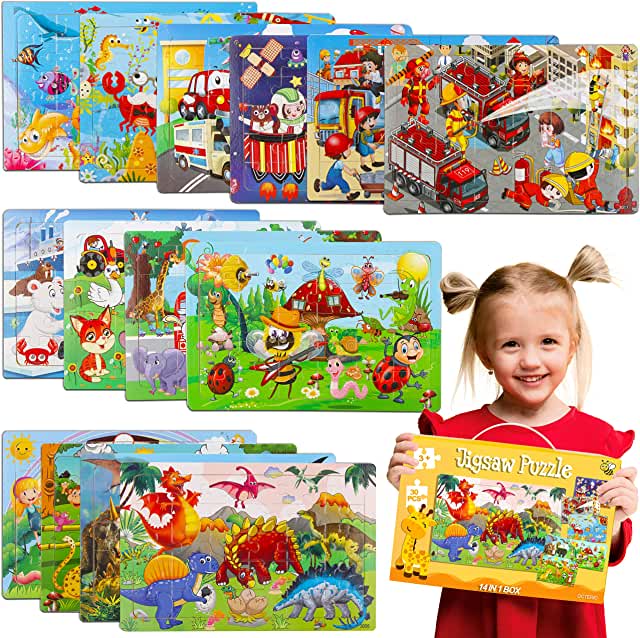
You can find more articles on toys, games, puzzles, and manipulatives by looking at the Fun Math item on the Explore Menu at the top of this page.
If you have any toys to develop mathematical thinking that you would add to this list, please put them in the comments!
